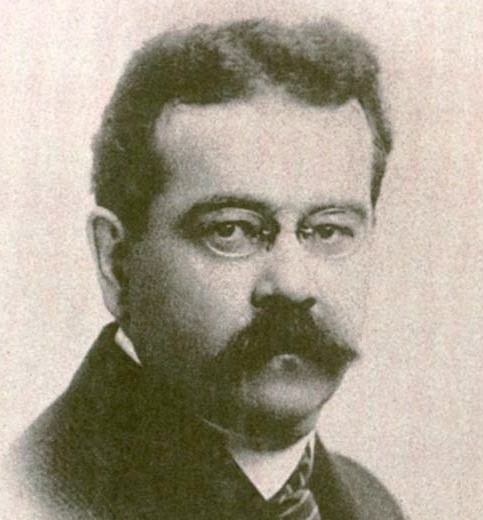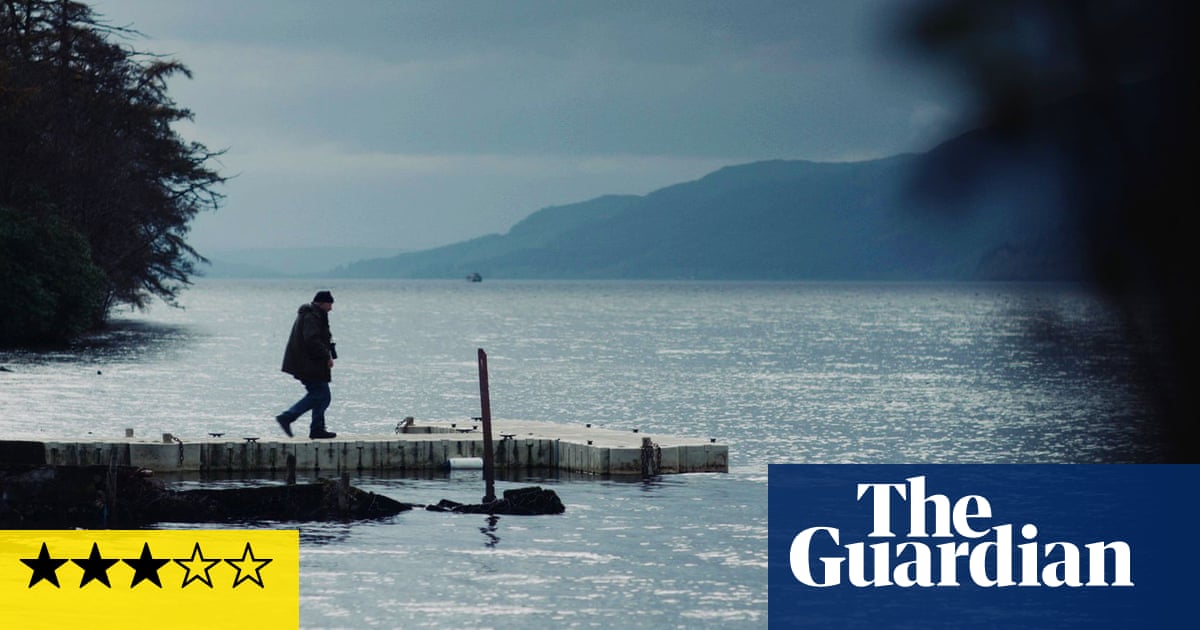- cross-posted to:
- britishfilms
- cross-posted to:
- britishfilms
Here’s one for Nessie enthusiasts and cryptozoologists everywhere: a documentary about the monster-hunting frenzy at Loch Ness in the 1970s and 80s. “It was a race! It was zoological Mount Everest!” remembers one hunter. Someone else recalls reading that discovering the Loch Ness monster would be bigger than the moon landing. There’s even an old clip of David Attenborough on Michael Parkinson’s chat show discussing – with not a trace of scepticism – the search for a creature lurking in the deep dark waters.
What strikes you seeing Loch Ness in the film – as it does in real-life – is what a whopper it is: 23 miles long and over 700ft at its deepest point. The monster hunters who made the pilgrimage to the Highlands in the 70s split broadly into two types, according to one of them. There were the army veterans, bored with life, and the hippie dropouts. Frank Searle was in the former camp, a cockney ex-soldier who parked his caravan on the shore and took more pictures of Nessie than anyone else in history, or so he claimed (they were later exposed as fakes). Searle did a bunk after a nasty incident involving a Molotov cocktail and a rival hunter. (Searle denied any involvement in the incident.)
By the late 70s, there were more monster enthusiasts than midges by the loch. Tim Dinsdale shot famous footage in 1960, and spent the better part of 20 years trying to get a better sighting. Robert Rines, an American, captured the image of an underwater “flipper” in 1974. A 20-strong team arrived from Japan. It’s a lively, entertaining story, full of intrigue and eccentric characters. Personally, I would have preferred a bit of a broader sweep, more history of Nessie sightings and folklore. Perhaps something too on why creatures of myth and legend capture our imaginations; a blink-and-you’ll-miss-it interview with writer Marina Warner is bit of a wasted opportunity.
• Loch Ness: They Created a Monster is released on 10 November in UK cinemas.



This is the more interesting aspect of it to me - the people around it and how they came to believe.
It does make sense why a lot of the peak Nessie watching activity was in the 60s and 70s - there was a lot of potential for mysteries to still be lurking in there, whereas these days science has taken a few long hard looks at the issue and found no evidence for anything strange going on there (other than the Nessie-watchers themselves I suppose). Makes me wonder if this is really now just a bit of spice for tourists looking for some local colour.